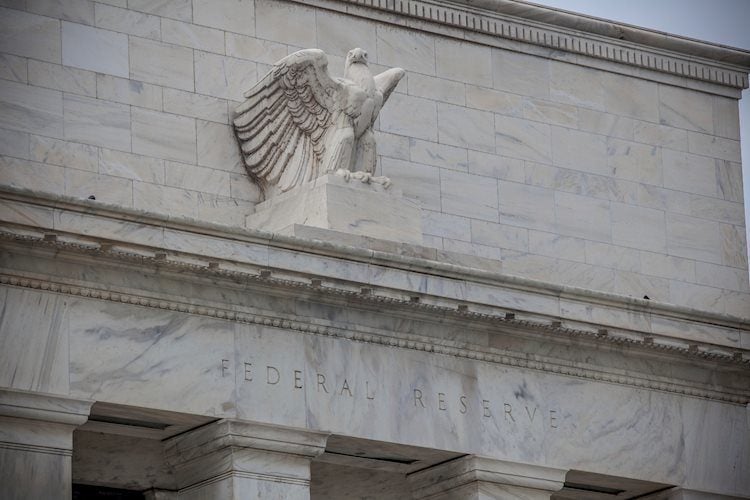What just happened?
August’s US Personal Consumption Expenditure Price Index (PCE), or PCEPI as the US Federal Reserve (Fed) refers to it, clocked in at an annualized rate of 2.2% YoY on September 27, the lowest print of the key inflation metric since March of 2021. This is an important step toward the Fed being able to claim ‘victory’ over inflation as price indexes continue to ease toward the US central bank’s overall target of 2% annual PCE inflation.
Despite the rosy print in headline PCEPI inflation in August, several headwinds to the Fed’s policy goals remain. Core PCEPI, a measure of PCE inflation that excludes food and energy prices which are subject to seasonality and volatility, ticked higher to 2.7% YoY in August, implying that underlying price pressures still remain.
Why does PCE inflation matter?
PCEPI is a key metric in the Fed’s wide stable of metrics. The Fed broadly favors PCEPI over the widely-followed Consumer Price Index (CPI), because the basket of goods and services used to track PCEPI is adjusted on a more regular basis, and includes out-of-pocket spending for both urban and rural communities. CPI inflation metrics only look at consumer expenses within urban regions, and the CPI index is updated biannually, as opposed to the PCEPI’s quarterly rebalance. Because of this, the Fed gives a heavier weighting to changes in PCEPI numbers when setting targets and debating policy shifts.
What happens next?
With PCEPI figures continuing to grind toward in Fed price targets (albeit in a wobbly way), the Fed and global markets will be pivoting to the next round of key US labor and employment figures. The Fed will also be looking for confirmation signs in other inflation metrics, such as the monthly CPI figure, to confirm that inflation will continue to head in the preferred direction.
Economic Indicator
Personal Consumption Expenditures – Price Index (YoY)
The Personal Consumption Expenditures (PCE), released by the US Bureau of Economic Analysis on a monthly basis, measures the changes in the prices of goods and services purchased by consumers in the United States (US). The YoY reading compares prices in the reference month to a year earlier. Price changes may cause consumers to switch from buying one good to another and the PCE Deflator can account for such substitutions. This makes it the preferred measure of inflation for the Federal Reserve. Generally, a high reading is bullish for the US Dollar (USD), while a low reading is bearish.
Inflation FAQs
Inflation measures the rise in the price of a representative basket of goods and services. Headline inflation is usually expressed as a percentage change on a month-on-month (MoM) and year-on-year (YoY) basis. Core inflation excludes more volatile elements such as food and fuel which can fluctuate because of geopolitical and seasonal factors. Core inflation is the figure economists focus on and is the level targeted by central banks, which are mandated to keep inflation at a manageable level, usually around 2%.
The Consumer Price Index (CPI) measures the change in prices of a basket of goods and services over a period of time. It is usually expressed as a percentage change on a month-on-month (MoM) and year-on-year (YoY) basis. Core CPI is the figure targeted by central banks as it excludes volatile food and fuel inputs. When Core CPI rises above 2% it usually results in higher interest rates and vice versa when it falls below 2%. Since higher interest rates are positive for a currency, higher inflation usually results in a stronger currency. The opposite is true when inflation falls.
Although it may seem counter-intuitive, high inflation in a country pushes up the value of its currency and vice versa for lower inflation. This is because the central bank will normally raise interest rates to combat the higher inflation, which attract more global capital inflows from investors looking for a lucrative place to park their money.
Formerly, Gold was the asset investors turned to in times of high inflation because it preserved its value, and whilst investors will often still buy Gold for its safe-haven properties in times of extreme market turmoil, this is not the case most of the time. This is because when inflation is high, central banks will put up interest rates to combat it. Higher interest rates are negative for Gold because they increase the opportunity-cost of holding Gold vis-a-vis an interest-bearing asset or placing the money in a cash deposit account. On the flipside, lower inflation tends to be positive for Gold as it brings interest rates down, making the bright metal a more viable investment alternative.
